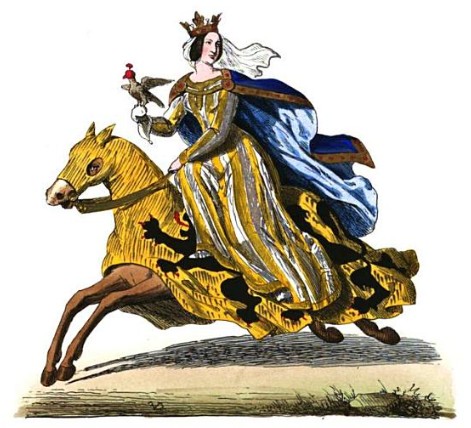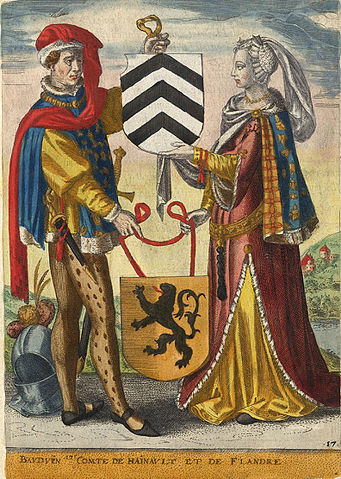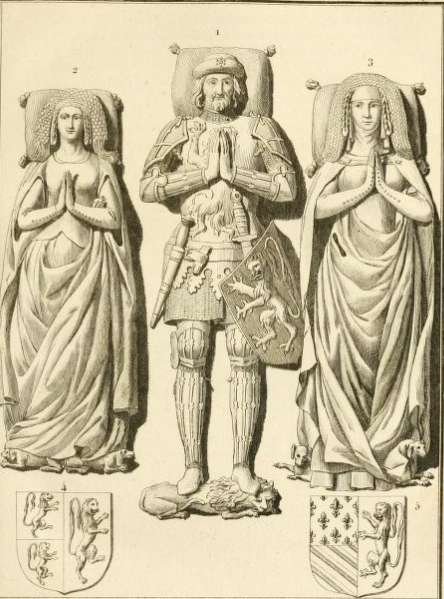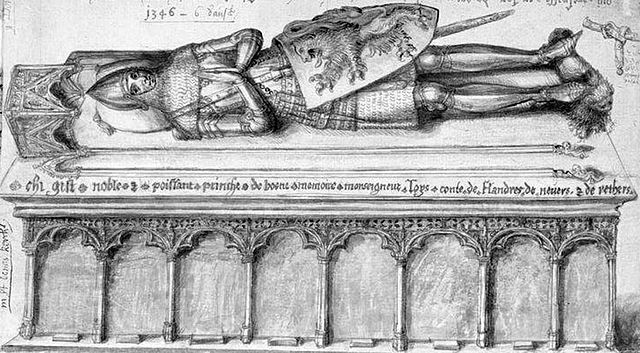- Joined
- Aug 13, 2004
- Messages
- 27,087
- City
- São Paulo
- Country
- Brazil
Welcome to the thread about the Counts of Flanders.
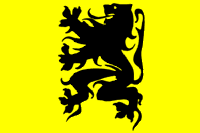
Arms of the County of Flanders
~ ¤ ~

Arms of the County of Flanders
~ ¤ ~
From this wikipedia article:
The counts of Flanders were the rulers over the county of Flanders from the 9th century until the abolition of the countship by the French revolutionaries in 1790.
Although the early rulers, from Arnulf I onwards, were sometime referred to as margraves or marquesses, this alternate title largely fell out of use by the 12th century. Since then the rulers of Flanders have only been referred to as counts.
The counts of Flanders enlarged their estate through a series of diplomatic manoeuvres. The counties of Hainaut, Namur, Béthune, Nevers, Auxerre, Rethel, Burgundy, and Artois were acquired via marriage with the respective heiresses. Ironically, the county of Flanders itself suffered the same fate. By the marriage of Margaret III, Countess of Flanders with Philip the Bold, Duke of Burgundy, the county and the subsidiary counties were absorbed into the Duchy of Burgundy in 1405.
Last edited:



